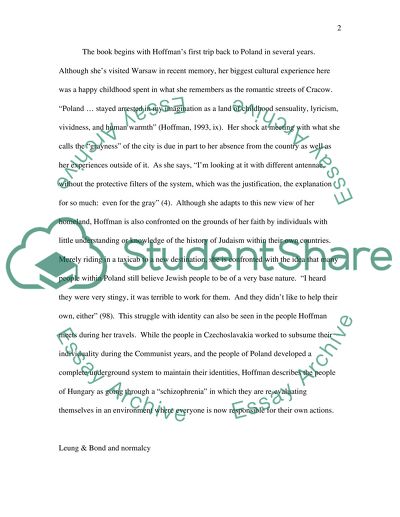Cite this document
(“Summary of the Book Exit into History by Eva Hoffman Essay”, n.d.)
Summary of the Book Exit into History by Eva Hoffman Essay. Retrieved from https://studentshare.org/literature/1535475-summary-of-the-book-exit-into-history-by-eva-hoffman
Summary of the Book Exit into History by Eva Hoffman Essay. Retrieved from https://studentshare.org/literature/1535475-summary-of-the-book-exit-into-history-by-eva-hoffman
(Summary of the Book Exit into History by Eva Hoffman Essay)
Summary of the Book Exit into History by Eva Hoffman Essay. https://studentshare.org/literature/1535475-summary-of-the-book-exit-into-history-by-eva-hoffman.
Summary of the Book Exit into History by Eva Hoffman Essay. https://studentshare.org/literature/1535475-summary-of-the-book-exit-into-history-by-eva-hoffman.
“Summary of the Book Exit into History by Eva Hoffman Essay”, n.d. https://studentshare.org/literature/1535475-summary-of-the-book-exit-into-history-by-eva-hoffman.


